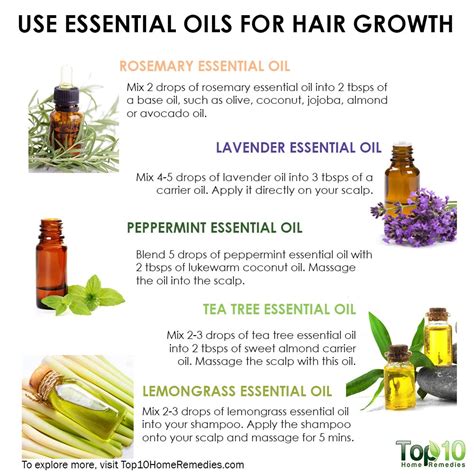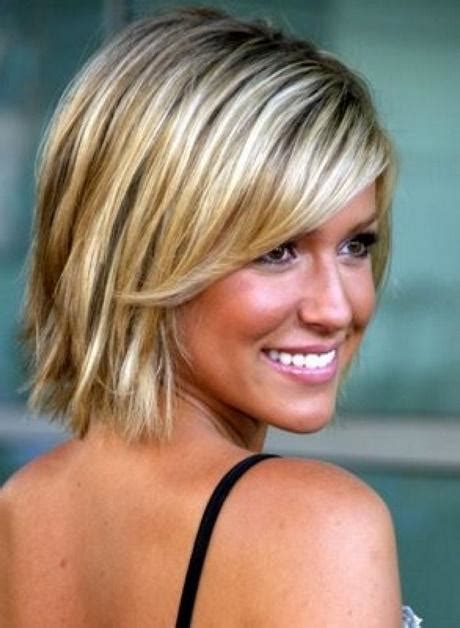Thin hair can be frustrating to style, but there are a number of haircuts that can help to create the illusion of thicker, fuller hair. Here are 10 of the best haircuts for thin hair women:

- Blunt Bob
A blunt bob is a classic haircut for thin hair. The blunt ends help to create the appearance of thicker hair, and the length is flattering on most face shapes.
- Asymmetrical Bob
An asymmetrical bob is a great way to add some interest to your hair. The shorter side of the bob will help to create the illusion of thicker hair, while the longer side can be styled in a variety of ways.
- Layered Bob
A layered bob is a great option for women with fine hair. The layers will help to add volume and movement to your hair, and the length is flattering on most face shapes.
- Pixie Cut
A pixie cut is a short, sassy haircut that is perfect for women with thin hair. The short length will help to create the illusion of thicker hair, and the style is easy to maintain.
- Lob
A lob is a long bob that is perfect for women who want to keep their hair long but still want to add some volume. The lob is long enough to be styled in a variety of ways, and the length is flattering on most face shapes.
- Shaggy Bob
A shaggy bob is a great way to add some texture and volume to your hair. The shaggy layers will help to create the illusion of thicker hair, and the style is easy to maintain.
- Graduated Bob
A graduated bob is a bob that is shorter in the back and longer in the front. The graduated length will help to create the illusion of thicker hair, and the style is flattering on most face shapes.
- Inverted Bob
An inverted bob is a bob that is longer in the back and shorter in the front. The inverted length will help to create the illusion of thicker hair, and the style is flattering on most face shapes.
- Long Layers
Long layers are a great way to add volume and movement to thin hair. The layers will help to create the illusion of thicker hair, and the style is flattering on most face shapes.
- Side-Swept Bangs
Side-swept bangs are a great way to add some volume and interest to your hair. The bangs will help to create the illusion of thicker hair, and the style is flattering on most face shapes.
Thin hair is hair that has a small diameter. It can be caused by a number of factors, including genetics, age, and hormonal changes. Thin hair can be difficult to style, and it can often look limp and lifeless.
There are a number of factors that can cause thin hair, including:
- Genetics: Thin hair is often inherited. If you have a family history of thin hair, you are more likely to have it yourself.
- Age: Hair tends to become thinner as we age. This is because the hair follicles produce less hair as we get older.
- Hormonal changes: Hormonal changes, such as those that occur during pregnancy, menopause, and thyroid problems, can cause hair to become thinner.
- Medical conditions: Certain medical conditions, such as alopecia areata and lupus, can cause hair to become thinner.
- Medications: Some medications, such as chemotherapy and blood thinners, can cause hair to become thinner.
- Styling practices: Certain styling practices, such as using hot tools and chemical treatments, can damage hair and make it thinner.
There are a number of things you can do to prevent thin hair, including:
- Eat a healthy diet: Eating a healthy diet that is rich in fruits, vegetables, and whole grains can help to promote healthy hair growth.
- Get enough sleep: Getting enough sleep is essential for overall health, including hair health. When you sleep, your body produces hormones that help to promote hair growth.
- Manage stress: Stress can lead to hair loss. Managing stress can help to protect your hair.
- Avoid harsh styling practices: Avoid using hot tools and chemical treatments on your hair. These practices can damage hair and make it thinner.
- Use volumizing products: Volumizing products can help to create the illusion of thicker hair.
There are a number of treatments available for thin hair, including:
- Minoxidil: Minoxidil is a topical medication that is used to treat hair loss. It works by increasing blood flow to the hair follicles.
- Finasteride: Finasteride is an oral medication that is used to treat hair loss in men. It works by blocking the production of dihydrotestosterone (DHT), a hormone that can cause hair loss.
- Laser therapy: Laser therapy is a non-invasive treatment for hair loss. It works by stimulating the hair follicles to produce more hair.
- Hair transplantation: Hair transplantation is a surgical procedure that is used to treat hair loss. It involves transplanting hair from the back of the scalp to the thinning areas.
Thin hair can be frustrating to deal with, but there are a number of things you can do to prevent and treat it. By following the tips in this article, you can help to keep your hair looking healthy and full.
1. What is the best haircut for thin hair?
The best haircut for thin hair is one that creates the illusion of thicker hair. This can be achieved by choosing a haircut with layers, texture, or volume.
2. What are some tips for styling thin hair?
Some tips for styling thin hair include:
- Use volumizing products.
- Avoid using hot tools and chemical treatments.
- Style your hair in a way that creates the illusion of thicker hair.
3. What are some treatments available for thin hair?
Some treatments available for thin hair include:
- Minoxidil
- Finasteride
- Laser therapy
- Hair transplantation
4. What are some things I can do to prevent thin hair?
Some things you can do to prevent thin hair include:
- Eat a healthy diet.
- Get enough sleep.
- Manage stress.
- Avoid harsh styling practices.
- Use volumizing products.
